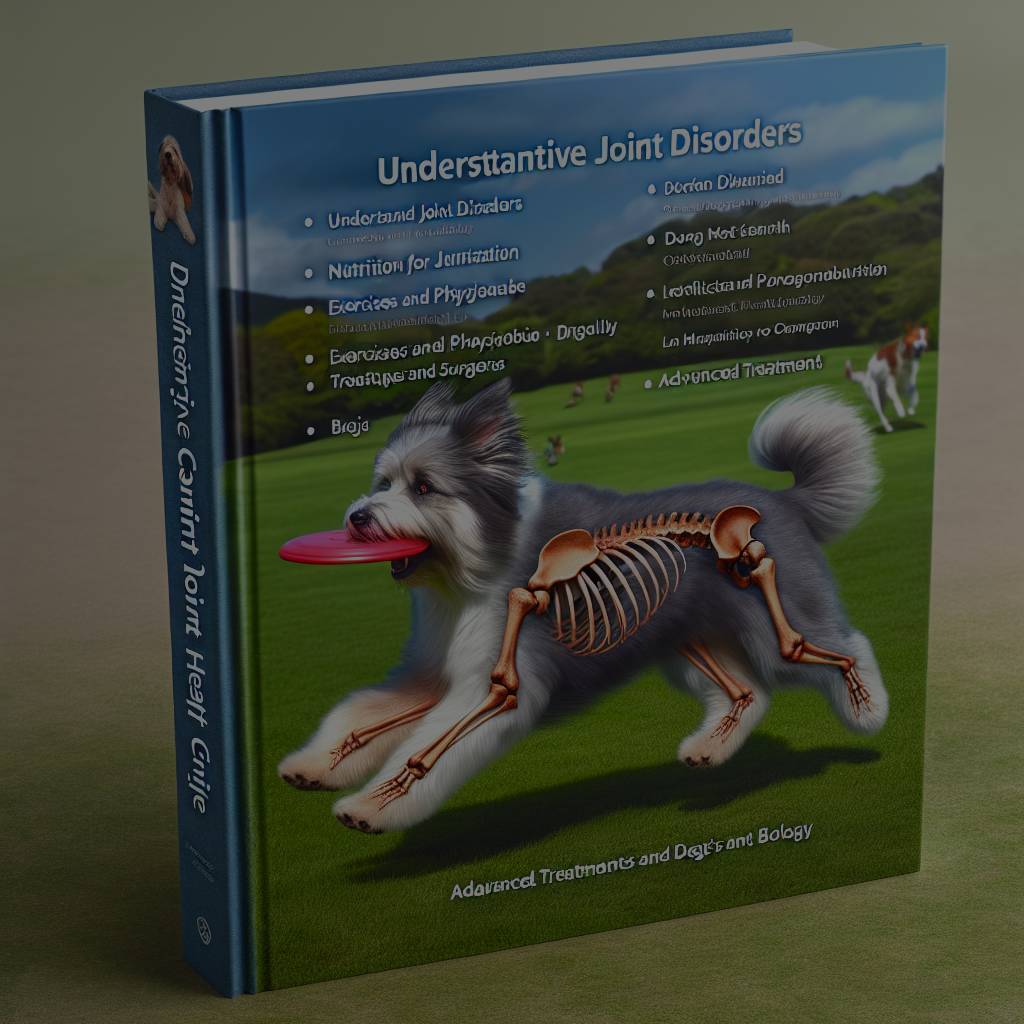
Understanding Canine Joint Health: A Comprehensive Guide ===
Canine joint health is a crucial aspect of a dog’s overall well-being. Just like humans, dogs can experience joint problems that can significantly impact their mobility and quality of life. Understanding the importance of canine joint health and the factors that can affect it is essential for every dog owner. This comprehensive guide aims to provide valuable insights into canine joint health, enabling owners to make informed decisions about their furry friend’s care.
Importance of Canine Joint Health
The joints play a fundamental role in a dog’s ability to move freely and perform essential activities such as running, jumping, and playing. Maintaining optimal joint health is crucial for dogs of all ages, from playful puppies to aging seniors. When a dog experiences joint problems, their mobility can be compromised, leading to pain, stiffness, and decreased activity levels.
By understanding the importance of canine joint health, dog owners can take proactive measures to prevent joint problems and ensure their pet’s well-being. Regular exercise, a balanced diet, and monitoring weight are key components of maintaining healthy joints. Additionally, being knowledgeable about the factors that can affect joint health will help owners identify potential issues and seek appropriate veterinary care promptly.
Factors Affecting Canine Joint Health
Several factors can influence a dog’s joint health, and being aware of them is crucial in providing optimal care. One significant factor is breed predisposition. Certain dog breeds, such as Labrador Retrievers and German Shepherds, are more prone to joint issues like hip dysplasia or arthritis. Understanding breed-specific risks can help owners be proactive in their preventive efforts.
Another critical factor is age. As dogs age, their joints undergo natural wear and tear, leading to conditions like osteoarthritis. Providing senior dogs with joint supplements and appropriate exercise routines can help alleviate symptoms and maintain joint health.
Weight management is also vital in ensuring healthy joints. Excess weight puts additional strain on a dog’s joints, increasing the risk of joint problems. Maintaining an appropriate weight through a balanced diet and regular exercise is crucial in preventing joint issues.
Understanding the importance of canine joint health and the factors that can affect it is essential for all dog owners. By prioritizing joint health through exercise, a balanced diet, and weight management, owners can ensure their furry friends lead happy and active lives. Regular veterinary check-ups and early intervention in case of any joint problems are also essential for maintaining optimal joint health. By taking a proactive approach, dog owners can provide the best possible care for their beloved pets and promote their overall well-being.
You might be interested in enhancing your knowledge about canine health by exploring more about joint disorders in dogs. Speaking of [hip dysplasia](https://en.wikipedia.org/wiki/Hip_dysplasia_(canine)), this common condition can significantly affect your dog’s mobility and comfort, especially in breeds like Labrador Retrievers. Additionally, understanding [arthritis in dogs](https://en.wikipedia.org/wiki/Arthritis_in_animals) can help you recognize early symptoms and seek appropriate treatment. For those curious about preventive measures, learning more about [canine nutrition](https://en.wikipedia.org/wiki/Dog_food) can provide insights into how a balanced diet can support joint health. Lastly, exploring [exercise for dogs](https://en.wikipedia.org/wiki/Dog_exercise) can offer valuable tips on maintaining your dog’s physical well-being.










